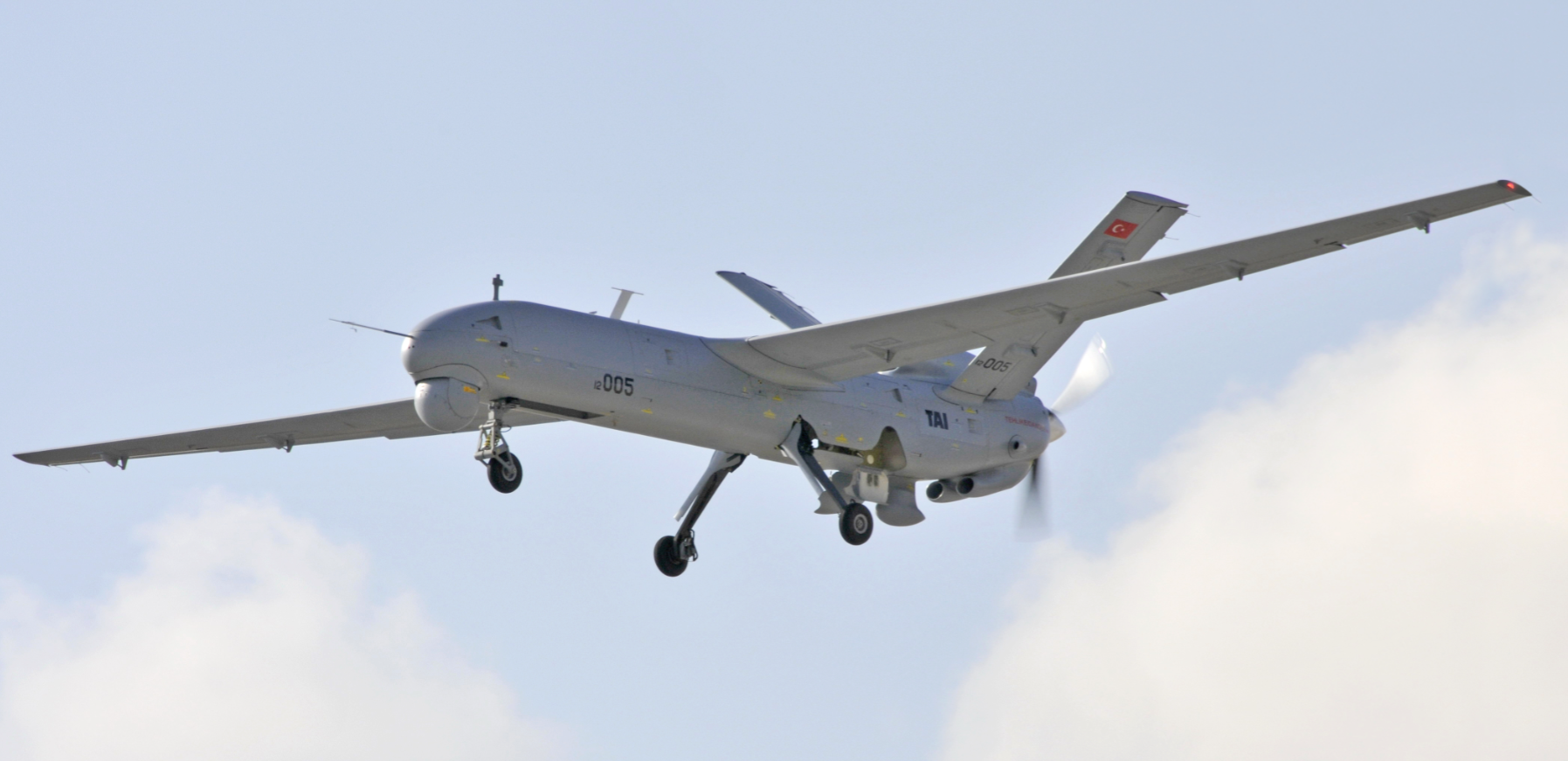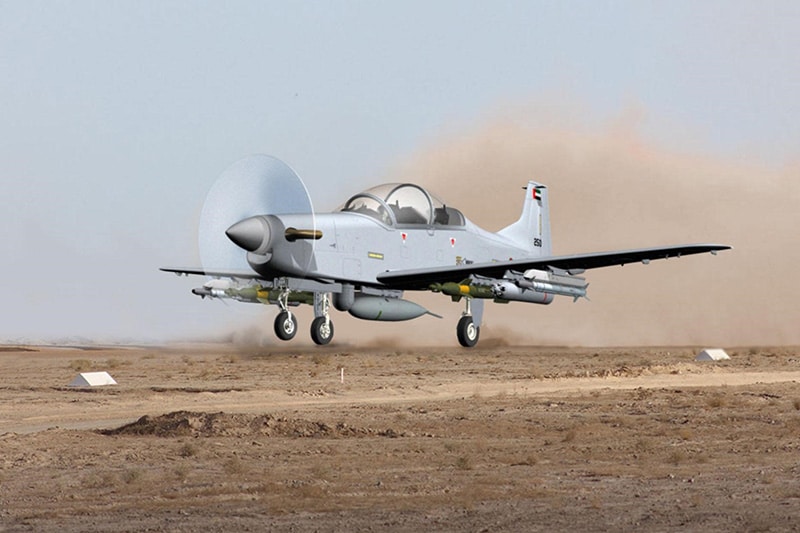2371Views 1Comment

Profile: Turkish Aerospace Industries Anka unmanned aerial vehicle
The Turkish Aerospace Industries (TAI) Anka is Turkey’s core intelligence, surveillance and reconnaissance (ISR) unmanned aerial vehicle (UAV).
The Anka is classified as a medium altitude long-endurance (MALE) design capable of carrying a payload of 200 kg. The Anka is powered by a 155 hp prop engine, which provides it an endurance of 24 hours and service ceiling of 9,144 m. In terms of line-of-sight communication range, TAI indicates that the TAI has a range of 200 km. The complete Anka system comprises of three aircraft, a mobile ground control station, mobile power generator, and requisite communications and management systems.
TAI began developing the Anka UAV in 2004, i.e. in the midst of the Turkish armed forces’ heavy drive to localize the supply of its defence hardware. The Anka undertook its maiden flight in December 2010, and in 2013, the Turkish government awarded TAI a contract to supply 10 Anka-A UAVs.
In parallel, Aselsan developed an electro-optical and infrared (EO/IR) sensor turret (i.e. ASELFLIR) for use on the Anka-A. With the ASELFLIR, the Anka-A can be utilized for ISR and target-acquisition operations. In January 2015, TAI successfully conducted the maiden flight of the improved Anka-B, which, in addition to carrying the ASELFLIR, can carry a synthetic aperture radar developed by Aselsan and Milsoft.
A satellite communications (SATCOM)-enabled variant – i.e. Anka-S – is also under development. The Anka-S will enable the Turkish armed forces to utilize the Anka at beyond-line-of-sight range, which could set the stage for a future high-altitude long-endurance (HALE) UAV in the future. The first Anka-S is slotted for delivery 2017.
The Anka has reportedly been deployed for ISR use in Syria as part of Euphrates Shield, Turkey’s military campaign in the northern part of that country.
Turkey has sought to secure export customers for the Anka. For example, Pakistan has been considered a strong potential market. In 2013 TAI awarded Pakistan Aeronautical Complex (PAC) to produce a number of Anka UAV components. In 2015, TAI reiterated that co-production and offsets would be major benefits for Pakistan should it consider procuring the Anka for its ISR needs.
In April 2017, TAI successfully test fired the Roketsan MAM-L from the Anka. The Anka can effectively carry up to 200 kg in armaments and/or ISR equipment.



1 Comment
by jamshed_kharian_pak
TAI Good work